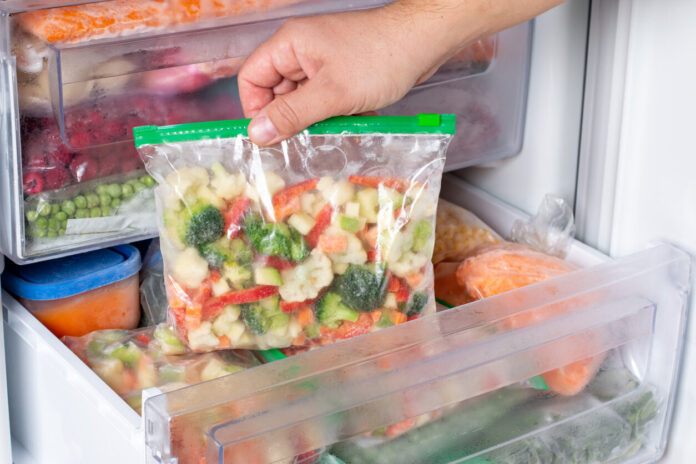According to the Directorate General for Competition, Consumer Affairs and Fraud Prevention (DGCCRF), the cold chain guarantees that frozen foods are constantly maintained at the same, often negative, temperature, in accordance with regulations or their labelling. By respecting the cold chain, the nutritional and hygienic qualities of frozen products are preserved. Indeed, the cold limits, or even stops, the proliferation of micro-organisms.
In the event of a break in the cold chain and a sudden increase in temperature, microbes will proliferate and reduce the shelf life of the frozen food. Worse, a healthy product can then become at risk for humans. Indeed, some microorganisms are harmful: such as salmonella, staphylococcus aureus, listeria monocytogenes…
Breaking the cold chain increases the risk of food poisoning. While most are benign, others are far more dangerous. For example, listeriosis is a rare and serious disease, particularly for people whose immune defenses are weakened (such as, for example, pregnant women, infants, the elderly, immunocompromised patients), recalls the DGCCRF.
If the cold chain is broken, the date indicated on the label is no longer valid, the product having become unfit for consumption. This date is only useful if the recommended storage temperature is guaranteed and maintained. How to respect the cold chain? What are some mistakes not to make? Check it out in our slideshow below.















